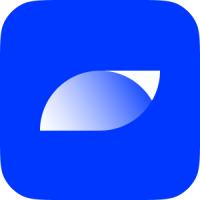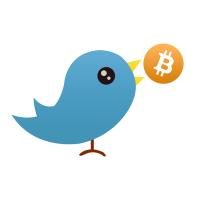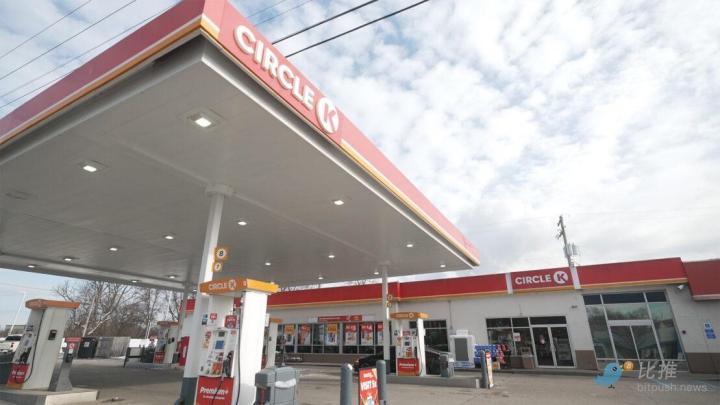Here is the English translation of the text, with the specified terms translated as requested:
Monad is compatible with the Ethereum Virtual Machine (EVM), so dApps on Ethereum can be deployed to Monad with almost no code changes, lowering the development threshold.
Key Points
– High-performance L1 blockchain, challenging Ethereum– Monad aims to solve Ethereum's scalability issues, providing 10,000 TPS, 1-second block confirmation, and ultra-low fees, becoming a faster and cheaper choice.
– Perfect EVM compatibility, easy migration for developers– Monad is compatible with the Ethereum Virtual Machine (EVM), so Ethereum dApps can be deployed to Monad with almost no code changes, lowering the development threshold.
– Innovative technical architecture, enhanced performance– Through the MonadBFT consensus mechanism, parallel transaction processing, and the dedicated MonadDB database, Monad makes transactions faster, fees lower, and the blockchain more stable.
– Token launch time not yet determined– The original plan was to launch the MONAD token in Q4 2024, but the official has not yet announced a specific timeline, and information about staking, governance, and token distribution remains unclear.
– Sufficient funding but fierce competition– Raised $225 million in Series A funding, but faces competition from Solana, Avalanche, Ethereum Layer 2s, and the future success depends on developer adoption, ecosystem development, and mainnet launch progress.
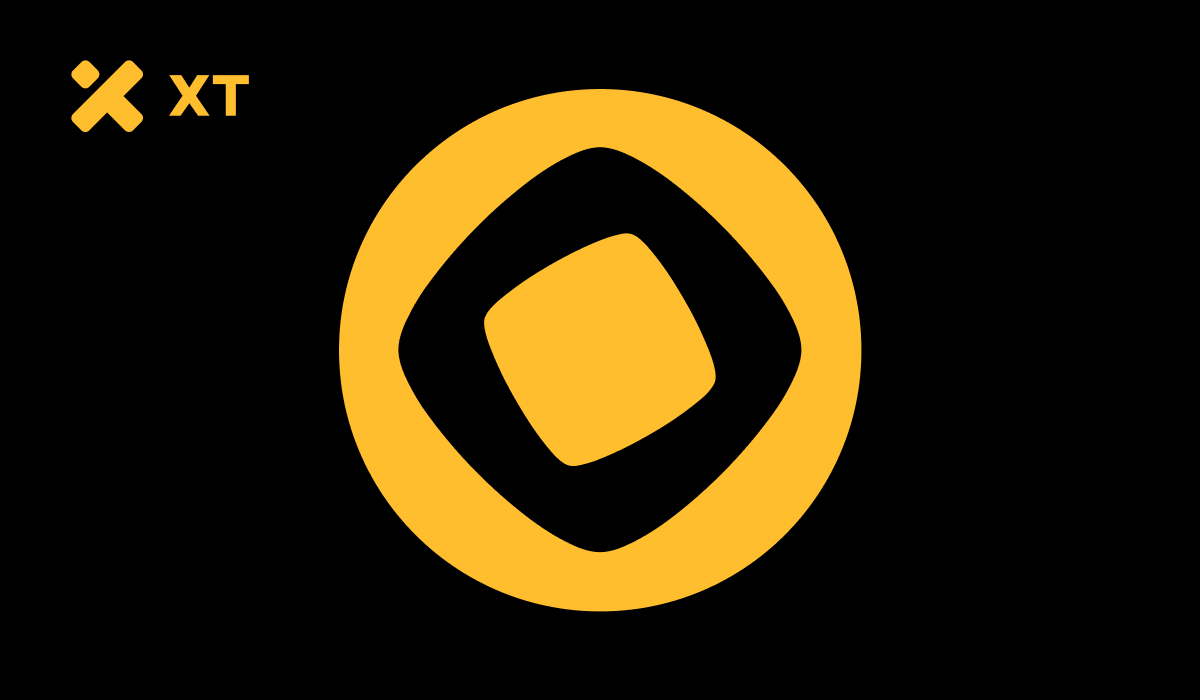
Blockchain technology has evolved from a niche concept to a core tool in the finance, gaming, and e-commerce sectors. However, mainstream blockchains like Ethereum still face issues of high transaction fees, slow speeds, and limited throughput, which not only impact the user experience but also constrain developers, hindering the large-scale adoption of decentralized applications (dApps).
Monad provides a new solution. This Layer 1 blockchain is not only Ethereum EVM-compatible, but also offers ultra-fast transaction speeds, ultra-low fees, and combines parallel execution, innovative consensus mechanisms, and custom data storage systems, aiming to build an efficient and user-friendly blockchain network to support large-scale real-world applications.
This article will take you deep into the origins, technical architecture, and roadmap of Monad. If you are a developer looking for a more efficient blockchain, or interested in the future trends of the Web3 ecosystem, this article will help you understand the significance of Monad and how it may reshape the market landscape.
Who are the founders of Monad?
The Monad story can be traced back to February 2022, when three experts in the blockchain and fintech fields co-founded the project, committed to solving the scalability issues of current blockchains:
– Keone Hon (CEO)– A seasoned blockchain researcher and mathematician, focused on developing innovative technologies to solve blockchain performance bottlenecks.
– James Hunsaker (CTO)– An expert in cryptographic protocols and distributed systems, responsible for Monad's technical strategy to ensure the blockchain achieves optimal speed and scalability.
– Eunice Giarta (COO)– Responsible for Monad's operational structure, managing resource allocation, partnerships, and strategic planning to drive the project's stable development.
These three founders have rich backgrounds in blockchain technology and finance, and their shared vision is to build a high-speed, stable, and low-cost blockchain platform while maintaining Ethereum Virtual Machine (EVM) compatibility, allowing developers to seamlessly migrate existing applications and easily deploy new dApps.

Image Credit: Bankless
What is Monad?
At its core, Monad is a Layer 1 (L1) public blockchain focused on solving the two major challenges of low blockchain scalability and high transaction fees. Through technological innovation, Monad aims to stand out in the competitive market by providing:
– High Throughput: Targeting 10,000 transactions per second (TPS), far exceeding Ethereum's current ~15 TPS.
– Low Latency: 1-second block time, with support for Single-Slot Finality, ensuring transactions can be confirmed almost instantly.
– Minimal Fees: Reducing transaction costs to make DeFi, NFTs, and GameFi applications more widespread and accessible.
– Full EVM Compatibility: Developers can migrate Ethereum smart contracts to Monad with minimal changes, lowering the technical barrier.
By focusing on speed and accessibility, Monad aims to become a Versatile blockchain platform, suitable for decentralized finance (DeFi), NFT ecosystems, and enterprise-level applications.
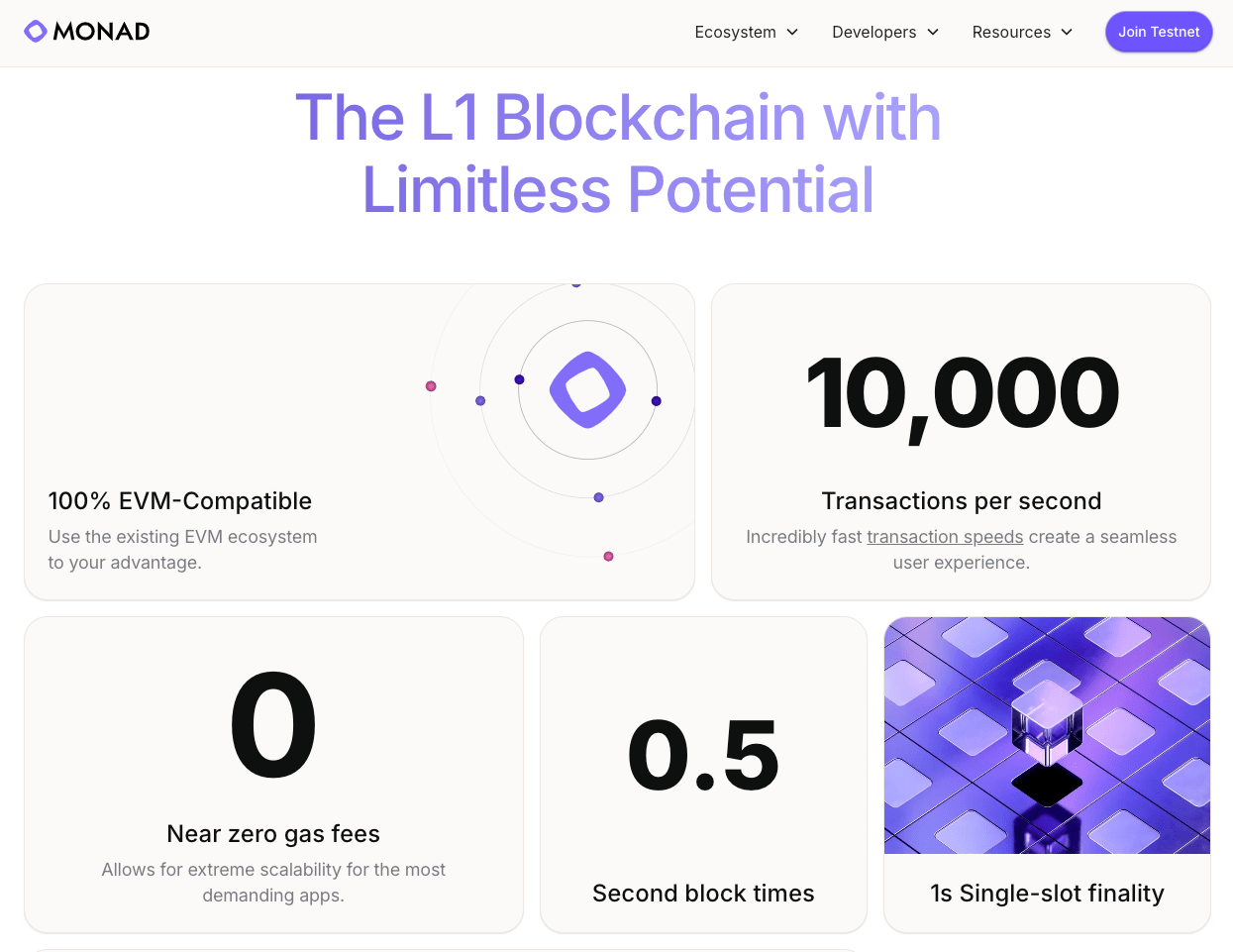
Image Credit: Monad
Development Timeline and Current Status
Monad's development timeline can be traced back to 2022, from the early concept to the testnet launch, steadily building towards a complete blockchain ecosystem.
– February 2022: The Monad founding team began conceptualizing and designing the basic principles of the blockchain protocol.
– February 2023: Successfully raised $19 million in seed funding, which helped drive early technical research and development, including the consensus mechanism and prototype system testing.
– April 2024: Completed a $225 million Series A funding round, demonstrating investors' high confidence in the project and further accelerating technology development and community expansion.
– December 2024: Established the Monad Foundation, responsible for protocol governance, developer grant programs, ecosystem building, and technical upgrades. Many open-source blockchain projects rely on a foundation to drive long-term development and ensure a stable community growth.
– February 2025: Monad officially launched its Public Testnet, providing developers with a testing environment that supports EVM-compatible tools, allowing dApps to be deployed and performance-tested in advance. This is an important step before the mainnet launch, ensuring system stability and optimizing the development experience.
Although the initial plan was to launch the Mainnet in Q4 2024, the official has not yet confirmed the exact mainnet launch timeline. Additionally, detailed information about the native MONAD token remains unpublished, apart from the previously mentioned launch plan, the official has not disclosed the token economics, staking mechanism, or token distribution details.
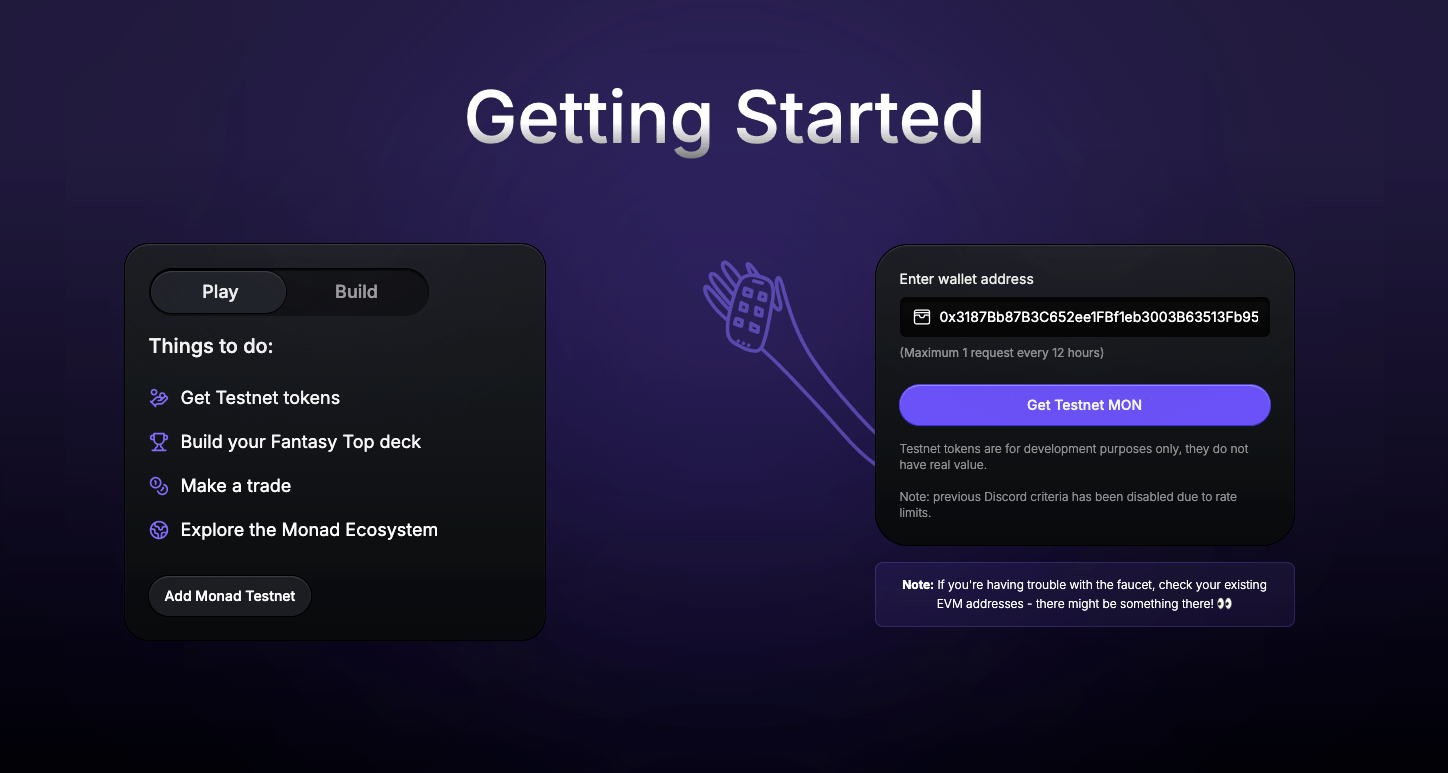
Image Credit: Monad Testnet
Monad's Position in the Blockchain Ecosystem
The current blockchain market is highly competitive, with various solutions attempting to overcome the limitations of Ethereum. Whether it's Layer 2 scaling solutions (such as Arbitrum and Optimism) or other high-performance Layer 1 blockchains (such as Solana and Avalanche), they are all competing for the attention of developers and users.
Monad's unique position combines two core advantages:
– Native Scalability: Unlike Layer 2 solutions that rely on Ethereum's security and cross-chain bridge mechanisms, Monad, as an independent Layer 1 public blockchain, is designed with high throughput (10,000 TPS) from the ground up, without the need for additional scaling layers to boost performance.
Here is the English translation of the text, with the terms in <> retained as is:
- : Fully compatible with Ethereum, meaning developers can migrate existing smart contracts and decentralized applications (dApps) to Monad with minimal code changes, reducing migration costs and technical barriers.
Leveraging these features, Monad's ecosystem is particularly suitable for applications that require high performance and low fees, such as:
- - High-frequency trading, liquidity mining, and automated market makers (AMMs) require low latency and high throughput, which Monad's architecture is designed to accommodate.
- - Due to the frequent in-game transactions and asset transfers, developers prefer blockchains with low fees and instant settlement, which Monad provides a more attractive environment for.
- - Whether it's NFTs or market trading, Monad's low-cost, high-performance design ensures that user experience is not affected by gas fees, improving market liquidity.
In this market positioning, Monad aims to become one of the preferred platforms for developers and enterprises to build blockchain applications, challenging the current mainstream and solutions.
Why is Monad important?
Solving Scalability Issues
The network congestion on often leads to slower transaction speeds and skyrocketing fees, especially during or popular activities. This bottleneck makes small transactions uneconomical and limits the mass adoption of Web3 applications.
Monad, with its 10,000 TPS high-throughput architecture, aims to solve this problem by providing a smooth and scalable infrastructure for platforms, ecosystems, and even enterprise-level applications, driving the mass adoption of Web3.
Enhancing User Experience
Monad adopts a 1-second and supports , meaning transactions can be confirmed instantly, without the need to wait for multiple block confirmations like on .
This low-latency feature is crucial for end-users, especially in applications that require fast response, such as (DEXs), , and trading markets, providing a more seamless experience.
Lowering Participation Threshold and Costs
The high fees on have become a major obstacle to the widespread adoption of Web3. Many small investors or game players are deterred by the high transaction costs. For example, purchasing a $5 on may require paying over $20 in fees, causing many users to abandon the transaction.
Monad's low-fee design makes small and frequent transactions viable, allowing users, game players, and regular users to participate in Web3 applications at a lower cost, expanding the overall user base.
Retaining Familiar Developer Tools and Environment
Developers typically prefer to use the development frameworks and tools they are familiar with. Monad's full compatibility with the (EVM) means:
- Existing smart contracts can be migrated to Monad with almost no modifications.
- dApp developers can continue using familiar tools like , , and , without the need to learn a new language or architecture.
- Reduced technical migration costs, making Monad a more attractive alternative to .
This EVM compatibility makes Monad more appealing to developers, accelerating the growth of its ecosystem and further driving the adoption of Web3.
How does Monad work?
Monad's high efficiency is primarily attributed to three core technical innovations, which complement each other to enhance the speed, throughput, and scalability of the blockchain:
Monad adopts a (BFT) consensus mechanism, which allows the system to operate safely and confirm transactions quickly, even if a minority of nodes (less than 1/3) are malicious or faulty.
The advantage of BFT-based consensus is its , allowing blocks to be produced quickly and ensuring transaction . Through , Monad can achieve a 1-second , enabling near-instant transaction confirmation and significantly improving the user experience.
Traditional blockchains typically process transactions sequentially, meaning all transactions must be confirmed in order. This approach becomes a performance bottleneck as blockchain traffic grows.
Monad, on the other hand, adopts , separating transaction ordering and execution, allowing non-conflicting transactions to be processed simultaneously. This technology significantly increases throughput, enabling multiple transactions to be handled at the same time, achieving the target of 10,000 TPS.
(Blockchain-Specific Database)
Data storage is an often overlooked component of blockchain infrastructure that can impact performance. Traditional data storage methods may overburden nodes and affect transaction processing efficiency.
Monad has developed a dedicated database technology called , a Key-Value storage system optimized for blockchain verification and querying, with features such as:
- : Ensuring transaction data can be accessed immediately, reducing latency.
- : Cryptographic authentication to ensure the integrity of each data point, maintaining the blockchain's security.
- : Reducing the node's dependence on high-end hardware, ensuring Monad can run efficiently on standard equipment.
Through these three core technologies, Monad not only provides a high-throughput, low-latency blockchain environment, but also ensures the system's security and stability, offering an ideal infrastructure for applications like , , and .
The Potential and Applications of the MONAD Token
Although the market has high expectations for the MONAD token, the official has not yet disclosed the final token economics (Tokenomics) or the exact release timeline.
The initial plan was for the MONAD token to be launched alongside the , but the current timeline remains uncertain, and the official has not provided specific information about the supply and distribution mechanisms.
Potential Use Cases
If the MONAD token is officially launched, it is expected to cover the following key functions:
- : MONAD may become the primary token for paying transaction fees, with fees used to incentivize validators and prevent .
- : Holders may be able to MONAD in the consensus mechanism to support the network's operation and earn rewards.
- : Similar to many blockchain projects, MONAD token holders may be able to participate in , voting on critical decisions such as protocol upgrades, foundation fund allocations, and community proposals.
The total supply of MONAD tokens and their distribution method are still unknown:
- What will be the total supply of MONAD tokens?
- Will there be a public sale, or will it be mainly purchased by private investors?
The token release schedule is unclear:
- What is the vesting schedule for team members, early investors, and the developer grant fund?
- Will there be any pre-mining or community airdrops?
Monad raised $225 million in Series A funding, indicating investor confidence in the project's potential. However, the market remains cautious about the details of the token economics until the official whitepaper is released.
Challenges and Future Outlook
Monad faces intense competition in a crowded market, with high-throughput blockchains and Layer 2 solutions like Solana, Avalanche, Aptos, Sui, Arbitrum, and Optimism already attracting developers and users.
Monad needs to emphasize its unique combination of parallel transaction execution and EVM compatibility to demonstrate its technical advantages and appeal to developers.
Monad must invest heavily in attracting developers by launching initiatives like hackathons, grant programs, and improving development tools to stimulate ecosystem growth and build an active dApp community.
Regulatory changes around the world could impact Monad's development, particularly in areas like token issuance, staking mechanisms, and decentralized governance.
The lack of a clear mainnet launch timeline creates uncertainty for investors and developers, and Monad must provide regular testnet updates, collect community feedback, and publicly announce the mainnet deployment plan to maintain market confidence.
Conclusion
While Monad's ambitious plan to solve blockchain scalability issues through EVM compatibility and high-performance technology is promising, the project faces significant challenges in a competitive market, uncertain regulatory environment, and the need to build a thriving developer ecosystem. Monad's success will depend on its ability to deliver on its technical promises, attract developers, and maintain market confidence throughout its development journey.





